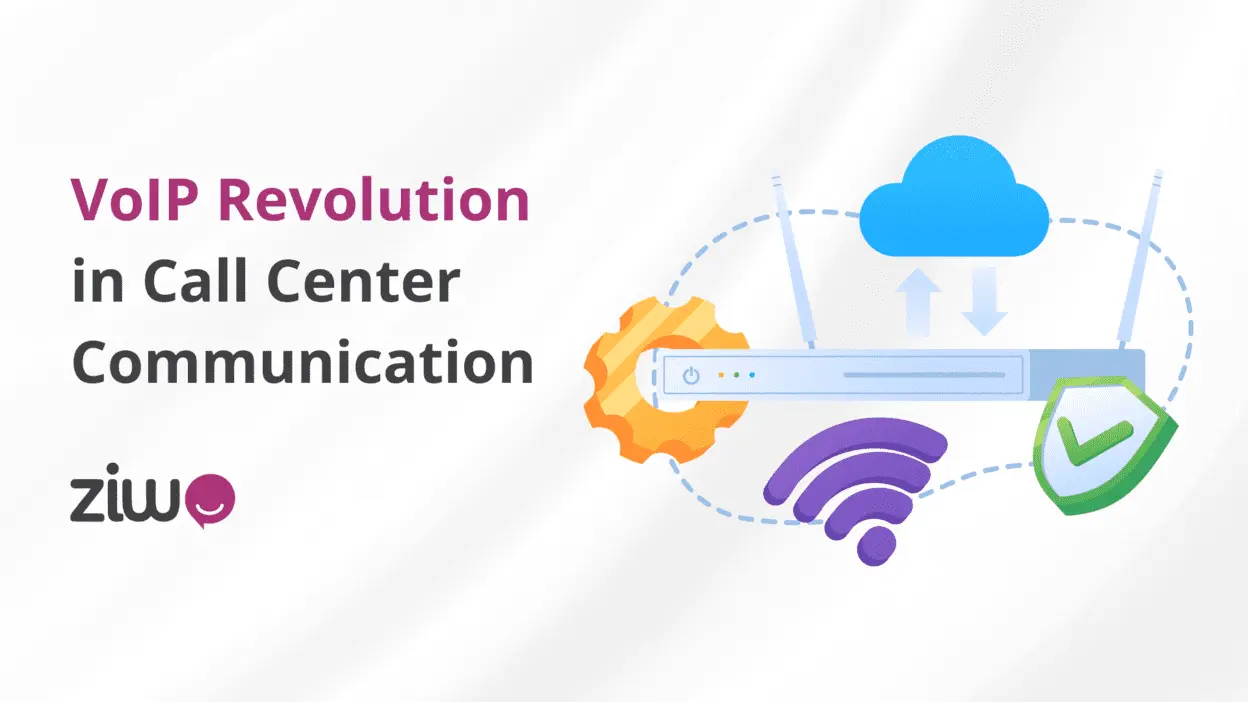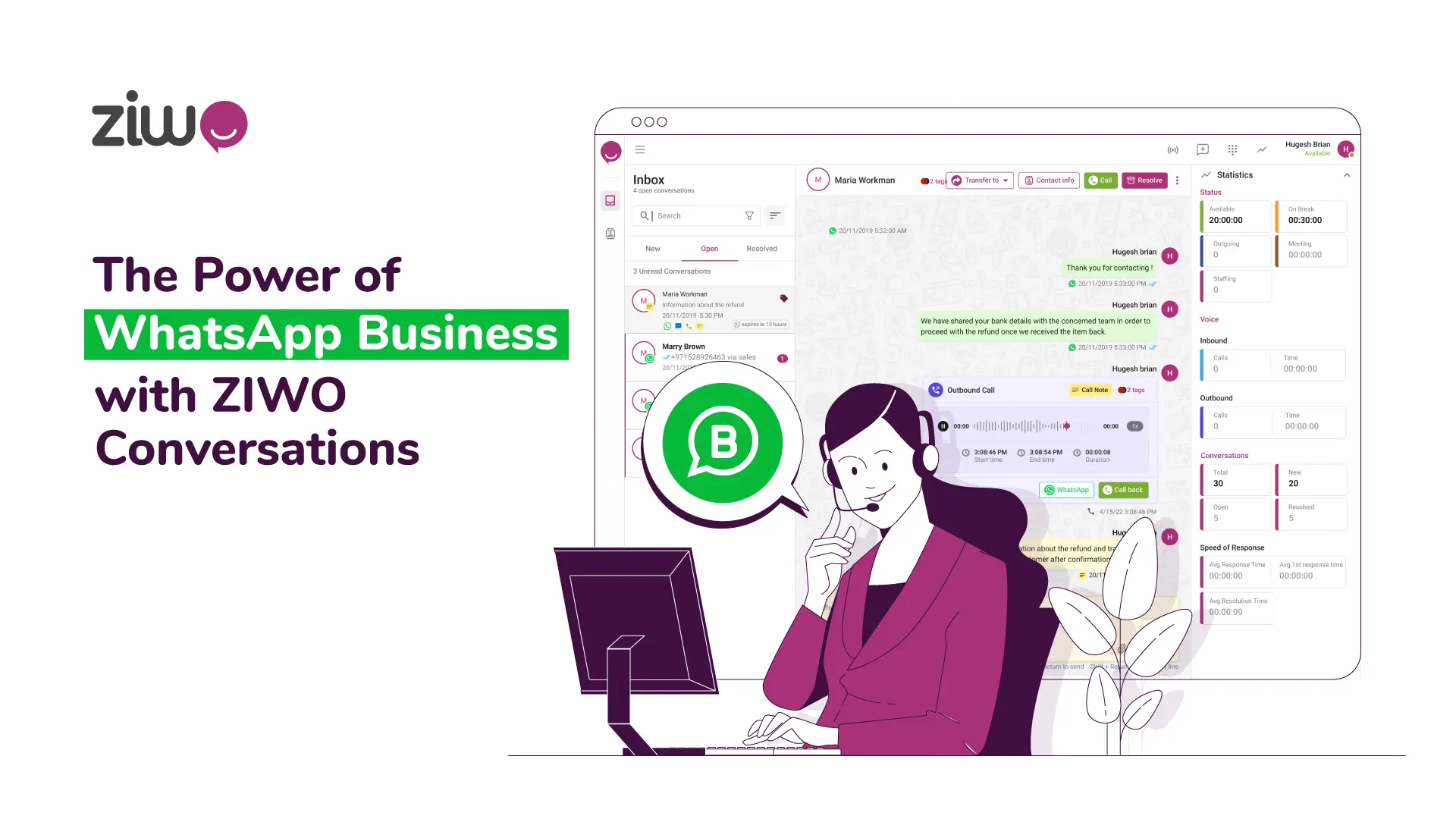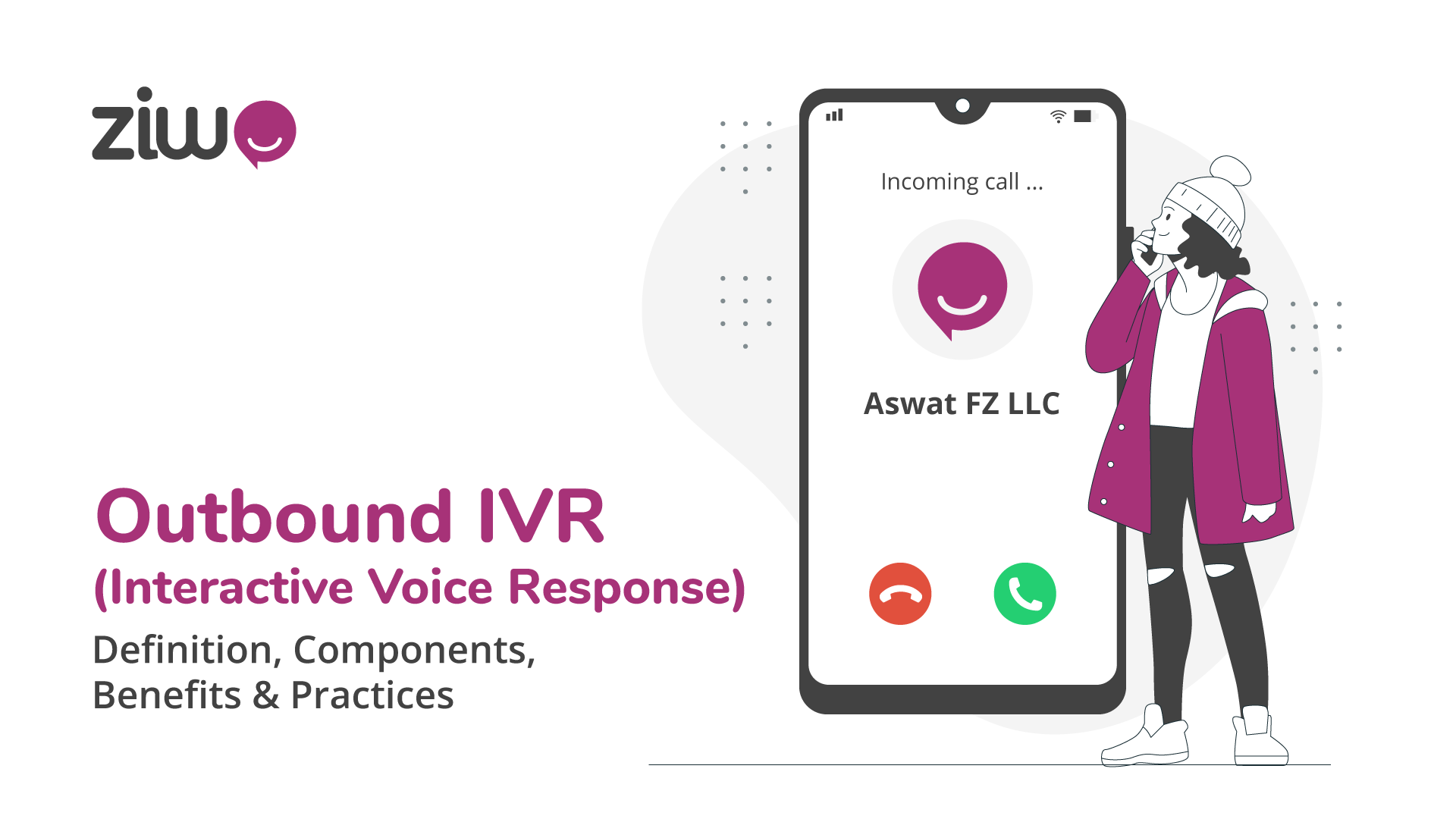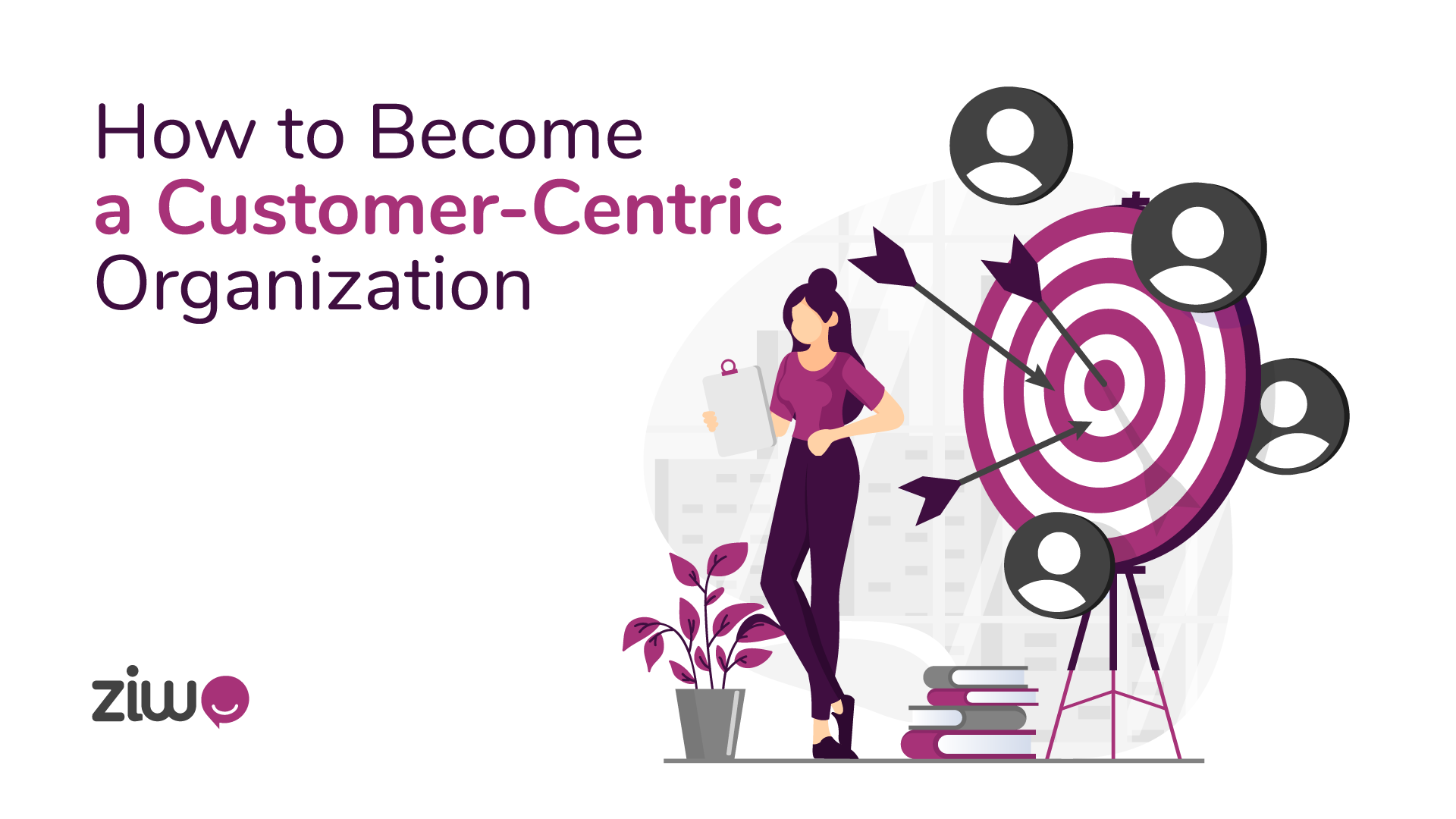
How has the integration of VoIP changed call center communication?
The application of Voice over Internet Protocol (VoIP) has transferred departments' communication into real-time telephony, which makes this procedure cost-effective scalable, and feature-rich. VoIP lets representatives call over the internet and hence you do not need several phones shrinking down the associated costs1.
The IP at the same time offers permissionless integration with the other digital channels like emails, chatting, and social media to give the customers multiple exposures to interactions.
Besides, VoIP also may have interactive voice response (IVR) and multi-tiered call routing features that ensure the quality of customer service and improve the efficiency of cloud call centers work. In general, VoIP systems are realized to transform the way call centers interact with their customers, they are now fast, convenient, and completely customized2.
Understanding VoIP and its foundations
Making an acquaintance with the foundations of VoIP and its nature is the key to making use of its advantages in contemporary communication. "By making possible the transfer of voice communication over the internet, VoIP converts analog voice signals into digital packets for transmission, underlining the core components of modern call center technologies.
While it emerged due to the advent of packet-switching technology, IP networks carry data in the form of packets, as separated from other packets.
This enables the custom of expedited and affordable communication channels in contrast to the earlier exchange-type phone systems. Moreover, VoIP entities have a plethora of protocols and standards, for instance, SIP (Session Initiation Protocol) and RTP (Real–Time Transport Protocol), to negotiate voice interactions over IP networks.
Through understanding the foundations of VoIP, enterprises can put into force resilient, flexible, and feature-rich communication solutions that lead to productivity amelioration and client satisfaction expansion.
Key changes brought by VoIP to call centers
VoIP has positively changed call centers. With decimalization, call centers can save costs, scale up their operations, provide unmatched flexibilities, have novel features, and integrate with other systems to bring their communication to new levels of efficiency.
Enhanced call quality and reliability
Had a remarkable contribution to call quality and reliability in the field of communication technology for call centers. VoIP of today enables voice transmission between the computer systems via the internet networks which thus improves usual network problems such as noise and dropped calls.
On the other hand, VoIP systems are usually characterised by quality of service (QoS) features to prioritize voice traffic which leverages consistent call quality even during times when networks are jammed.
Besides that, VoIP provides redundancy and failover opportunities for hiding the downtime of IT systems and consequently keeps the communication services available.
To sum up, VoIP brought about enhanced quality and reliability of calls in call centers, thanks to its replacement of outdated PBX servers.
Cost reduction and scalability
Having VoIP technology as the current call center trend has cut down on costs and increased the scalability of Internet Protocol communication platforms, which avoid expensive traditional phone lines, allowing call centers to significantly reduce expenses on long-term and international calls.
As well, VoIP systems are implemented that are designed with a feature of scalability, thus it is easy for businesses to adapt the infrastructure of communication either by scaling up or down when their call volumes or business needs shift without incurring additional costs for hardware.
The scalability feature as the main factor built-in call center is important for it to able to serve clients' requests despite the fluctuating demands without becoming too costly3.
Integration with other communication channels
The VOIP technology works like magic and effectively supports When considering the implications of automation, we must also recognize the potential for displacement and unemployment of workers.
This kind of approach makes it possible for VoIP systems to take advantage of Internet-based protocols and therefore facilitate the processes of communication, which can be directed from multiple channels at once through a single central platform.
This integration provides the company an edge in terms of being efficient and quick in response so the customers can get suitable and convenient assistance4. VoIP integration has a strengthening impact on the coordinates and productivity of call centers that in the end, result in a rise in customer contentment.
VoIP's role in facilitating remote work
VoIP technology enables seamless communication for remote workers, allowing them to make calls, join meetings, and access communication tools from any location with internet access. This flexibility enhances productivity and connectivity, supporting modern remote work environments.
Flexibility and mobility for agents
The VoIP technology is going to introduce a new era of communication in which agents are not restricted to office desks or even geographical zones as they can work from any location as long as they are connected to the internet.
Softphone or mobile app responsibilities for agents are made more flexible, since they can work from home, on the road, and also in satellite offices, they do not let agents handle calls and gain access to client information with difficulty.
This flexibility is beneficial for increasing productivity and work-life balance of call center employees and hence, the operations are connected without any interruption in the whole process.
Seamless connection across global teams
Employees at the call center will surely experience interconnection and good collaboration throughout the world due to the use of VoIP technology, thus, communication will not be grounded on where a person is located.
One of the obvious benefits of cloud contact centers is the availability of voice calls, video conferencing, and messaging platforms which allows agents and supervisors to easily connect and collaborate. This drives teamwork and speeds up decision making processes.
The virtual nature of call centers provides them with an opportunity to exceed the space boundaries and work as a united team, which, in return, motivates the employees to be productivity-conscious and work efficiently in a global economy.
Advanced features enabled by VoIP
Voice over Internet Protocol gives brilliant capabilities that register a dramatic leap in the communication and productivity sectors in many call centers. These functions are call routing, interactive voice response (IVR), call recording, call monitoring, conference calls, voicemail to email, CRM integration, and advanced reporting and analytics.
Besides this, these facilities help call centers provide excellent customer service, increase operational efficiency, and finally business success enhancement5.
Call analytics and reporting
Call analytics and reporting provide valuable insights into call center performance and customer interactions. By analyzing call data and generating reports, call centers can monitor key metrics, identify trends, and optimize operations to improve efficiency and customer satisfaction.
Customizable IVR systems
Customizable IVR systems - one important aspect of VoIP technology - allow call centers to create an individualized call flow that meets their individual needs and specifics.
These systems make the menu and options interactive providing the facility to direct the call with ease, reducing the time for the caller and avoiding wait time.
Adapting to a historical context and being able to provide unforeseen incidents in scripts in real-time will help call centers to maintain agility and respond to changes efficiently, which would result in providing better quality customer service and operational efficiency.
Overcoming challenges in VoIP integration
Encompassing the different VoIP integration obstacles includes dealing with technological, safety, compatibility, service qualities, and user acceptance issues.
Through using powerful information security tools, keeping the system while network optimization, and giving proper user training and assistance to staff, the network members will witness the positive effects of the VoIP solution.
Ensuring security and privacy
Securing VoIP integration involves applying encryption algorithms and distributing firewalls along with organizing security meetings, and executing external audits.
With these measures in place, any vulnerabilities will be dealt with and organizations will thus be able to keep their sensitive information secure and guarantee the privacy of their communications.
Managing VoIP quality and bandwidth
Using VoIP technology efficiently and meeting the high requirements of bandwidth is the only way for a call center to ensure long-term voice quality.
Through the activation of network performance improvement, among other things, such as service level agreements (SLAs) and traffic aggregation, call centers will be able to sustain excellent call quality connection and hinder the occurrence of such interruptions.
This, in turn, offers us an opportunity to avoid bottlenecks in the network as well as bring consistent performance which is fundamental for ensuring quality communication for the agents and the customers.
The future of VoIP in call centers
The future of VoIP in call centers strives for further development, such as the integration of AI, pushing the adoption of clouds, and delivering omnichannel features.
The continuous development of these VOIP systems will make them efficient while scaling with ease to individual customers' requirements and remain a technology of choice for delivering superior customer experience service
Emerging technologies and trends
As new solutions like AI, WebRTC, 5G, IoT, voice biometrics, and blockchain take shape, there is no doubt these are what are shaping the future of VoIP in call centers.
Among other things, these innovations will increase the efficiency, safety, and all-in-all, personalization and the overall level of customer interaction, thus empowering businesses, while making communication more effective for customers.
Predictions for VoIP evolution
AI is intimately involved in the evolution of VoIP by providing automation and personalization and the VoIP solutions are moved into the cloud which enables flexibility and scalability. This integration is helping maintain the security of the platforms and communication data.
There is an ongoing migration to unified communications platforms that enable VoIP along with other communication modes.
The mobile phones are becoming the VoIP devices of the future for the mobile workers. WebRTC technology Either of such tendencies will be the basis for technology innovation and at the same time remain no exception as far as providing exciting experiences for different business entities and owners.
Bibliographical references
1 – VoIP technologies and call center communication:
¹ Rybak, A. (2020). Voice over Internet Protocol (VoIP) in Call Centers: Revolutionizing Communication. Springer.
² Wheeler, T., & Sen, P. (2019). VoIP and the Evolution of Communication Technologies. Taylor & Francis.
2 – Integration and scalability of VoIP systems:
³ Brown, K. (2018). Scalability and Integration of VoIP in Modern Call Centers. Wiley.
⁴ Nash, B. (2017). VoIP Systems and their Integration with Digital Communication Channels. McGraw-Hill.
3 – Advanced VoIP features and their impact on customer service:
⁵ Cameron, S. (2021). Advanced Features of VoIP: Enhancing Customer Service in Call Centers. Pearson.











